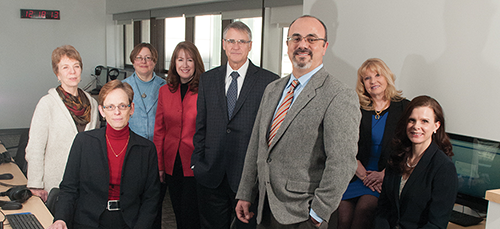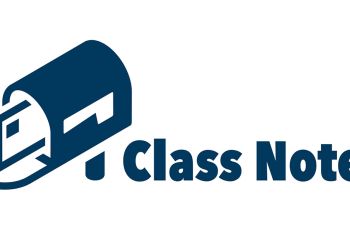When it comes to the importance of teamwork and trust, no area of education rivals the clinical health care setting. At GW’s School of Medicine and Health Sciences (SMHS), executive coaching and simulation have worked to promote the interprofessional education of health care students. Now research is underway to find metrics that can effectively evaluate the way interprofessional health care teams learn and perform.

In 2012, Ozgur Ekmekci, Ed.D., interim chair and associate professor of the department of clinical research and leadership, who had joined the department five years earlier, led a group of colleagues in applying for a grant from the Office of Medical Education to explore whether executive coaching could be used to increase leadership and teamwork skills among students through interprofessional education interventions. Both educators and students seemed locked into their own disciplines and had little opportunity to learn and practice with members of other programs, says Ekmekci, whose own specialty is organizational identity.
“I realized there is a strong professional identity in these students that makes it difficult, when they graduate, to work with others in a clinical setting as part of a team,” he says. The study program placed 12 GW undergrads in three teams — each with a physician, nurse, physician assistant, and physical therapist — who participated in role-playing scenarios that were analyzed by an executive coach and then repeated.
The result was a “significant increase in teamwork and leadership” after executive coaching and simulation. A paper on the Interprofessional Education Project (IPEP) was published in the Journal of the Allied Health Professions in 2013.
Ekmekci previously worked in the private sector as a systems analyst, and he believes his non-medical background has helped in his current research. “I’m a systems guy with a varied multidisciplinary background,” he explains. “I look at things objectively.”
To build on the research, Ekmekci and his team applied for and received a second grant so they could develop a method to evaluate learning and performance in interprofessional teams. “We wanted an instrument to measure how these teams were improving,” says Ekmekci.
The new study was conducted over a 12-month period, divided into three phases of equal length: 1) a panel of 25 experts helped identify measurable team attributes and behavior that could potentially influence team learning and team performance; 2) researchers used the findings from Phase 1 to develop an initial draft of the Interprofessional Team — Learning and Performance (IPT-LAP) instrument; and 3) the instrument was validated and refined with a cohort of 27 GW students going through simulations with standardized patients and faculty members.
Among the preliminary findings of the most influential factors for team performance at the individual level were clear communication, appreciating team members’ professional identities, inviting contributions from others, being respectful, and behaving in an ethical manner. At the group level, respect was foremost, followed by effective communication and developing a climate of trust.
Once the results are published, Ekmekci hopes the team “will be able to squeeze into the busy SMHS curriculum a formal learning opportunity for these students. Long term,” he adds, “what I hope to do is line up competencies learned in the classroom with what takes place in the clinical setting.”
Ekmekci says the students “are very receptive and enjoy” working with other disciplines. The benefits for the patient are also significant, he notes, because “once the team works together, they have a better understanding of the patient experience.”



